What's better than good publicity? Getting good publicity for free when you haven't even asked for it. This is something called earned media. An earned media strategy is a crucial part of a PR strategy for any business.
Today, we're going to help you uncover some earned media ideas and provide tips for creating an earned media plan that will get results.
If you're looking for a way to optimize your earned media strategy, try Prowly Media Monitoring for free. Take control of your performance tracking and harness valuable insights.
What is earned media and why should you care?
Earned media is every type of media coverage around your brand that you have not paid for or created for yourself. Earned media usually includes mentions from third-party sources, organic coverage, and just the general public as they talk about you in a positive light.
It's important to differentiate earned media from the following two concepts:
- Paid media (paid ads on third-party platforms)
- Owned media (content you publish yourself on your website and other owned channels)
Earned media is much harder to control as you don't have an immediate impact on who publishes what about you or when.
However, as can be seen through various earned media examples, strategies such as word of mouth are not only cheaper than paid and owned channels, but also more effective.
→ If you want to learn more about the basics of earned media, you can check out our recent article “What Is Earned Media? Definition, Benefits and Campaign Examples”.
What is an earned media strategy?
An earned media strategy essentially revolves around activities that encourage others to talk about your brand in a positive light. It's all about earning the spotlight by creating compelling narratives and experiences that naturally engage public interest.
Crucial in PR, this strategy enhances reputation, shapes brand perception, and paves the way for sustainable growth, all without incurring the costs of traditional advertising.
Tips for creating an earned media strategy
Earned media tactics can amplify your existing PR efforts as well as bring new leads and customers to your business. Here are some tips for earned media planning and execution.
1. Identify your target audience
Who are you really selling to and where do they spend their time? It's best to do proper research for this critical step of your earned media strategy instead of relying on hunches and assumptions.
For example, your target audience could be very active on Twitter (X), Reddit, or LinkedIn. Or maybe TikTok is their preferred channel in consuming content.
💡 The easiest way to find out? Monitor some keywords related to your brand, your competitors and your industry. With just a few days of research, you can see which channels provide the most mentions and stories.
Instead of doing this manually and spending hours on googling, you can grab Prowly's Media Monitoring tool to gain insights more quickly.
2. Amplify your content strategy with earned media
Content is a part of owned media and can have a massive impact on your PR, marketing and sales efforts. However, content works even better when it is amplified with earned media.
💡 For example, if you've created amazing research on trends in the AI industry and how it impacts the workforce, you can do more than just post it on your blog. Instead, find journalists covering artificial intelligence and language learning models and get in touch with them to cover your story.
PS. You can do that in Prowly by using the Media Database tool.
3. Get on the first page of search results
Many earned media campaign examples start with high visibility in search engine results. If you rank well for a variety of keywords, there is a good chance that journalists, websites, and business outlets will catch on and share those content pieces.
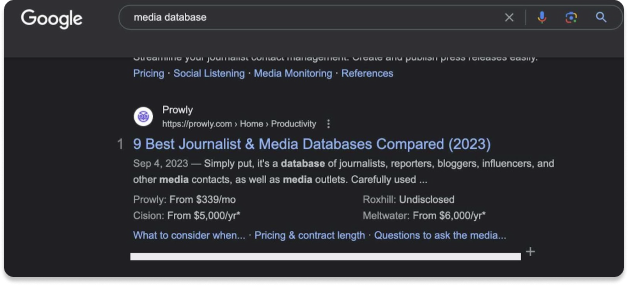
💡 In other words, you can start with SEO and content marketing on your owned channels. Once you've achieved some level of success in search engine rankings, you can see it reflected in your success with earned media.
4. Craft compelling storytelling
The world is filled with news, but you don't want to just create news. You want earned media opportunities and to get there, you need stories. Before journalists create stories about you, you should try and tell a story of your own.
One example of such a brand is Nike, who continually tells a story of empowerment, breaking boundaries and achieving greatness. From their slogan "Just Do It" to their campaign messages and the athletes that promote their brand, there is a single, consistent story: everybody is capable of achieving something great.
5. Build relationships with journalists and influencers
If a journalist mentions you once, they're worth getting in touch with. Chances are pretty high that they will talk about you again in the future, so you should say hi. However, finding journalists who talk about you can be a painstaking process, especially if you're a big brand.
💡You can use Prowly's Media Monitoring to see who talks about you and get notifications about these mentions in real time. Along with sentiment analysis for each mention, you can also see the outlet that mentioned you, as well as the potential reach they have. With this, you can determine which journalists can be great partners for future earned media efforts.
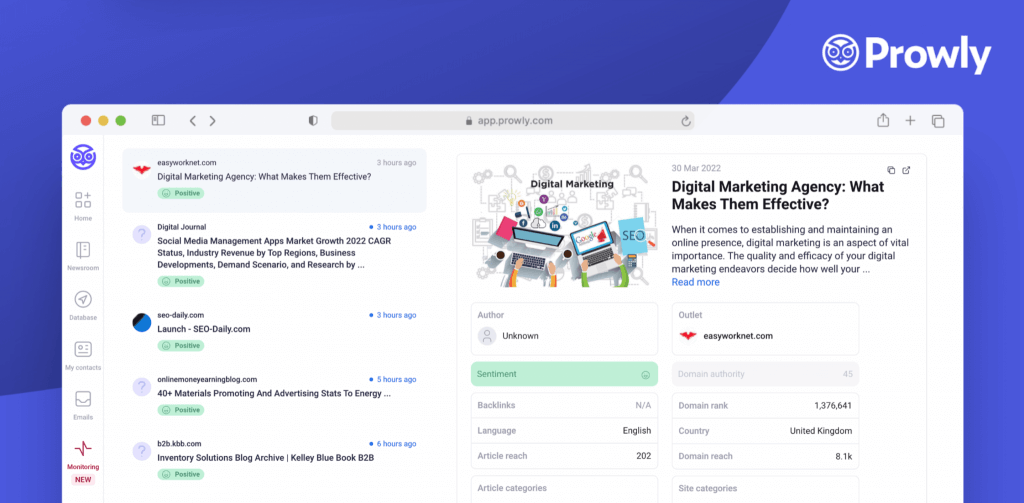
→ Read our full guide on how to do media monitoring effectively.
If you don't have any journalists that cover your brand yet, you can find them in Prowly's Media Database. Simply create your press release in our press release creator and with just a few clicks, you can find the journalists who are the most likely to cover your brand.
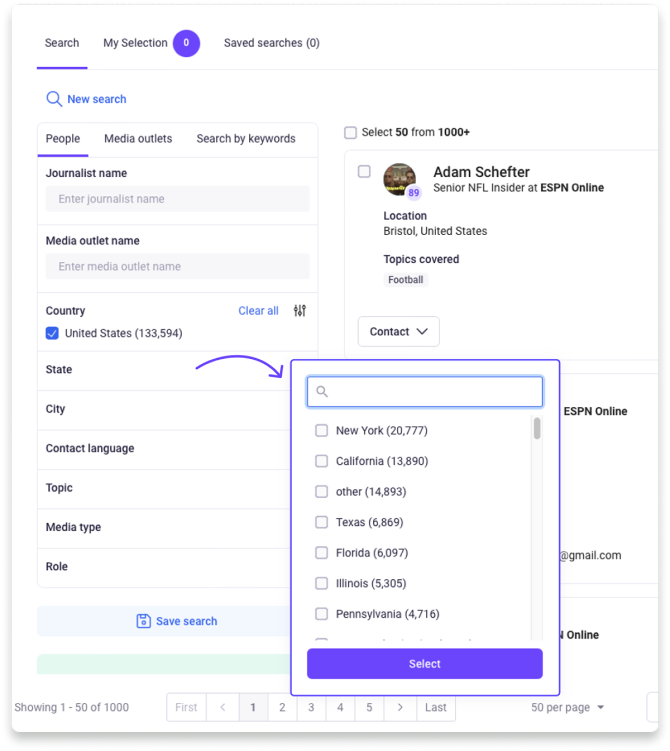
When it comes to influencers, they're a big piece of all the best earned media campaigns. To find influencers in your niche and industry, you can use a search engine such as Modash or Heepsy. You can then filter according to the number of followers, topics covered, number of actual active followers, and more.
6. Create shareable content
In order to get people to talk about you, you first need something worth talking about. This can be many things, such as:
- in-depth industry research
- a new tool or product
- a podcast or an interview with someone famous in your industry
- an ebook or a lead magnet with valuable information
For example, Notion created Notion AI, an addon that made a tool that was already great even better:
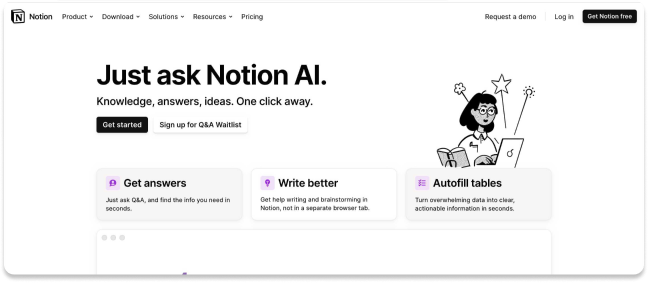
Naturally, this got a lot of buzz in SaaS and PR circles. With the AI boom still booming, you can find many similar earned media strategy examples going around.
7. Leverage social media and PR tools
Maybe you could launch your own earned media strategy but don't even know it yet — simply because you're not paying attention. Every day, billions of people use social media. And if you've been around for more than a minute, there is a good chance someone is talking about you.
💡 Use social media monitoring tools such as Prowly to capture these mentions in real-time and see what people are saying about you and in what context. Once mentions roll in, engage in the conversation, and talk with the people who mentioned you.
Besides deepening the conversation, you also increase the likelihood of these websites, journalists, reviewers and followers talking about you again.
8. Provide expert commentary
One example of earned media that requires just a small investment in time and money is in providing expert commentary. For example, platforms such as HARO (Help a Reporter Out) have tons of questions from reporters who are asking for expert insights.
Reply to these questions and you stand a good chance of them using your quote in their articles. Not only will you get a quote with a brand mention, but you could also get a backlink to your website 😉.
9. Leverage user-generated content (UGC)
User-generated content is any content that you post as a brand that was not created by you. Instead, it was created by your product users.
UGC is one of the most cost-efficient and effective ways to get earned media mentions and new exposure in the digital world.
You can encourage your users to create UGC around your brand with a simple prompt. You may remember Coke's wildly popular ShareACoke campaign:
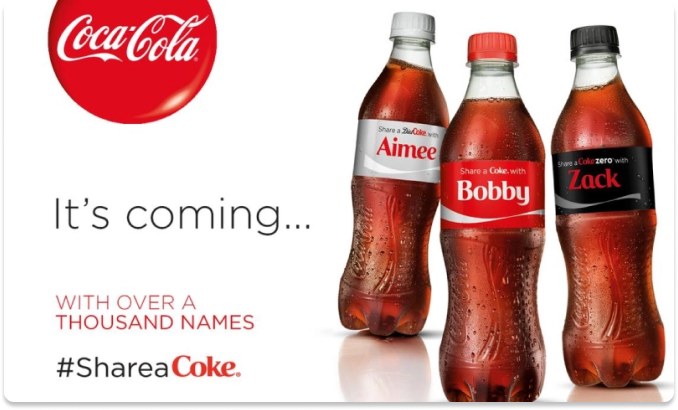
💡Alternatively, you can just tap into the vast world of the internet to see what people are saying about you. Try following your branded hashtags or those covering your brand term. And for really deep insights, use a media monitoring tool such as Prowly to find where people are creating content about you.
10. Participate in trendjacking
Whenever a new trend happens, it's the perfect opportunity to get more eyeballs on your brand. Be it a meme, a new hashtag, a new content format, a completely new platform, you should not wait. Get on the bandwagon and exploit it.
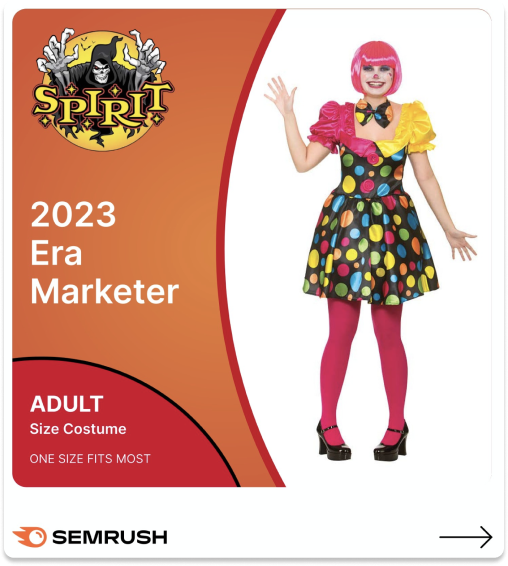
Here is an example of Semrush using a popular Halloween costume meme that has been floating around the past couple of years around every October. This is a prime earned media example as it got them 1,300 reactions and 130+ shares, just on LinkedIn.
To discover these trends, keep an eye out for your direct and indirect competition and see what kind of topics and trends they are covering.
11. Measure and analyze results
The only real way to know your earned media strategies are working is to take a look at the performance of your campaigns. Depending on your goals, you can track one or more of these metrics:
- media mentions
- impressions and reach
- social media engagement
- new backlinks
- sentiment analysis
- website traffic
- brand sentiment and perception
- others
Here is a glimpse of metrics you can expect using Prowly.
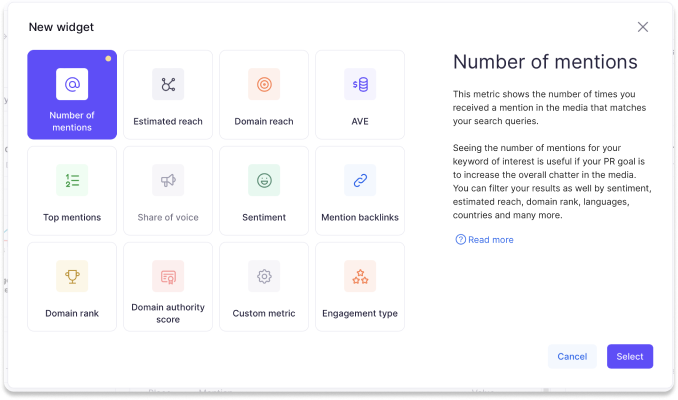
12. Maintain transparency and authenticity
Speaking the truth is never a bad choice, especially if you're looking to build an audience. Nowadays, checking a claim for veracity is a task that is one Google search away from completion. If you make mistakes, own up to them early, say you're sorry, and show you'll fix them.
Encourage feedback from your customers and react to it — show your audience that you care and that their words aren’t falling on deaf ears.
If you have partnerships with certain influencers or journalists, disclose them before someone else does.
13. Be prepared for crises
The publicity you get from your earned media strategy won't always be positive. Sometimes, an avalanche of negative comments can come pouring in. And unless your social media marketing and PR teams are prepared, you could face a proper crisis.
One way to avoid this issue is to always keep your eye on your brand mentions. With Prowly's Media Monitoring, you'll be notified if a large number of comments start coming in in a short period of time, especially if they have a negative sentiment.
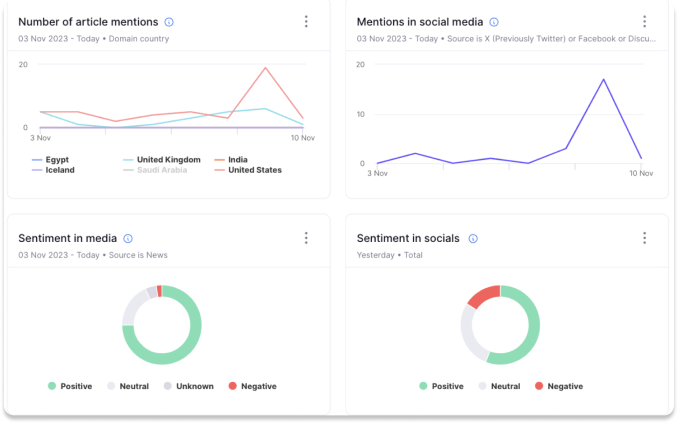
This allows you to react immediately before the negative comments begin to spread like wildfire.
→ Here is a bunch of advice on How to Write a Crisis Press Release, if it has unfortunately already happened.
You can learn all about using social monitoring for PR from The Complete Social Media Listening Guide for Public Relations.
14. Always be learning
Keep your ears on the pulse of social media and journalist outlets to find news, trends and events worth following. There is no time to rest in PR, as social media trends and algorithms change, new trends spread like wildfire, and a single incident could lead to a social media crisis.
Whether it's following the flood of Barbie memes or creating an account on Threads (which will never take off), be prepared to learn and adapt, continuously.
Conclusion
There is no earned media strategy template that will work for every business. And based on this article, you may think that earned media is a handful, and rightfully so. Paid and owned media are easier to control and bring tangible results more quickly.
However, earned media has longer-lasting effects and brings you the kind of credibility that no owned media channel can. And with tools such as Prowly, getting in control of your earned media is easier than ever before.
Grab your free trial of Prowly today to track your media mentions and get in touch with the right journalists!

